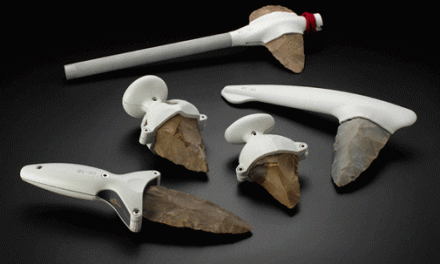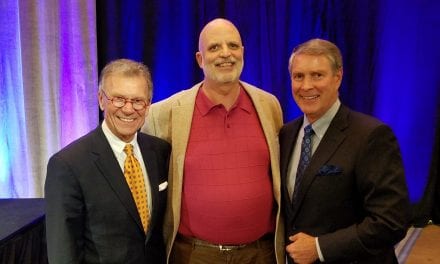We often brag about the 100-year-old who lives in our communities. Instead, can we brag about the 100-year-old who works in our communities?
By Jacquelyn Kung
We often brag about the 100-year-old who lives in our communities. Instead, can we brag about the 100-year-old who works in our communities?
Many of us are interested in making senior living — and our own organizations within it — great work places. How we do it is the big question.
I first started thinking about this problem of solving our labor challenges when running a CCRC in Virginia. I soon noticed that our best employee was also one of our oldest employees. She was always on time to work and helped out her teammates. Moreover, she was beloved by our residents — and probably single-handedly added a few points to our resident satisfaction scores.
This wasn’t a unique phenomenon to my workplace: my 80-year-old grandfather was still running around his noodle shop and making the place buzz with excitement and fresh food. How old is your oldest employee?
So, can we think about this challenge from the viewpoint of a older worker? . . . say, a 100-year-old worker? If we were to think about employing the 100-year-old worker, how do we do it? And what might we get as a result?
Many of you have guessed by now: it’s like universal design. If we design for being great employers to a centenarian, we can be great employers. Period.
How We Do It
Here’s how I break it down. Can you add your thoughts and ideas in comments?
First, we need to remove the physical constraints as much as possible.
If you’re a 100-year-old worker, some of our jobs are beyond physical possibility. But do they need to be?
Let’s look at nursing as an example. If you break down the role of a licensed nurse, there are 500 or more activities that he or she does. Of these, the vast majority of tasks actually are human to human interactions; for instance, supervising the staff, communicating with families, family meetings, and coordinating with other providers.
For things like IVs, where you need a steady hand, solutions are coming quickly. Physicians are able to do remote surgeries by putting their hands in virtualized gloves, and robot hands do the surgeries on the other side.
For things like transfers (arduous work for a CNA or aide), bed paddles and hoyer lifts exist. They already return a two-year ROI or better due to the lowered Worker’s Comp. Moreover, other industries such as shipbuilding are trying out “Iron Man suits,” where the worker steps in it and is able to do lifting and other manual jobs.
Physical challenges are exactly that — challenges that can be overcome. It takes really knowing the job duties, and helping with high and low tech assistive devices when jobs are very manual.
Second, we need to get creative about jobs and job roles.
We have very stressful, complex and hard jobs in senior living! In other industries, companies have begun breaking up traditional job roles into two. Take the CEO role for instance. Workday, Oracle, and many other companies have had co-CEO roles.
Let’s apply it to our industry. To continue on the nursing team, can we create a co-CNA role? Or a CNA role fully designated to answering the stressful call lights?
Third, we need to make our workplaces somewhere a 100-year-old would want to show up day after day. This might be the most important piece.
After all, when you and I are 100, it’s going to be hard for others to tell us what to do and for us to get motivated to show up day after day.
This gets to culture and being a great place to work. Looking to another industry, airlines have done it. Like in senior living, most jobs have long hours and low pay. But some airlines have engaged employees, and some airlines have very unhappy employees. Talk to Southwest employees and you’ll probably find they are pretty happy and love to show up to work.
It Can Be Done
Tacoma General Hospital recently celebrated the 90th birthday of one of their operating room nurses. SeeSee was so stunned at the camera crew and her coworkers celebrating her 90th birthday. If you Google for the photos and news coverage of the event, you can see what a big difference SeeSee makes in the lives of her fellow employees and for her patients and families.
By the way, her nickname is SeeSee because she is known to be curious and say — “See, see. We can do it.”
And so, we too in our industry can employ 80-, 90-, and 100-year-old workers. By thinking in this way, we transform ourselves into even better employers.
Note: This article was adapted from a NICTalk from 2015.








